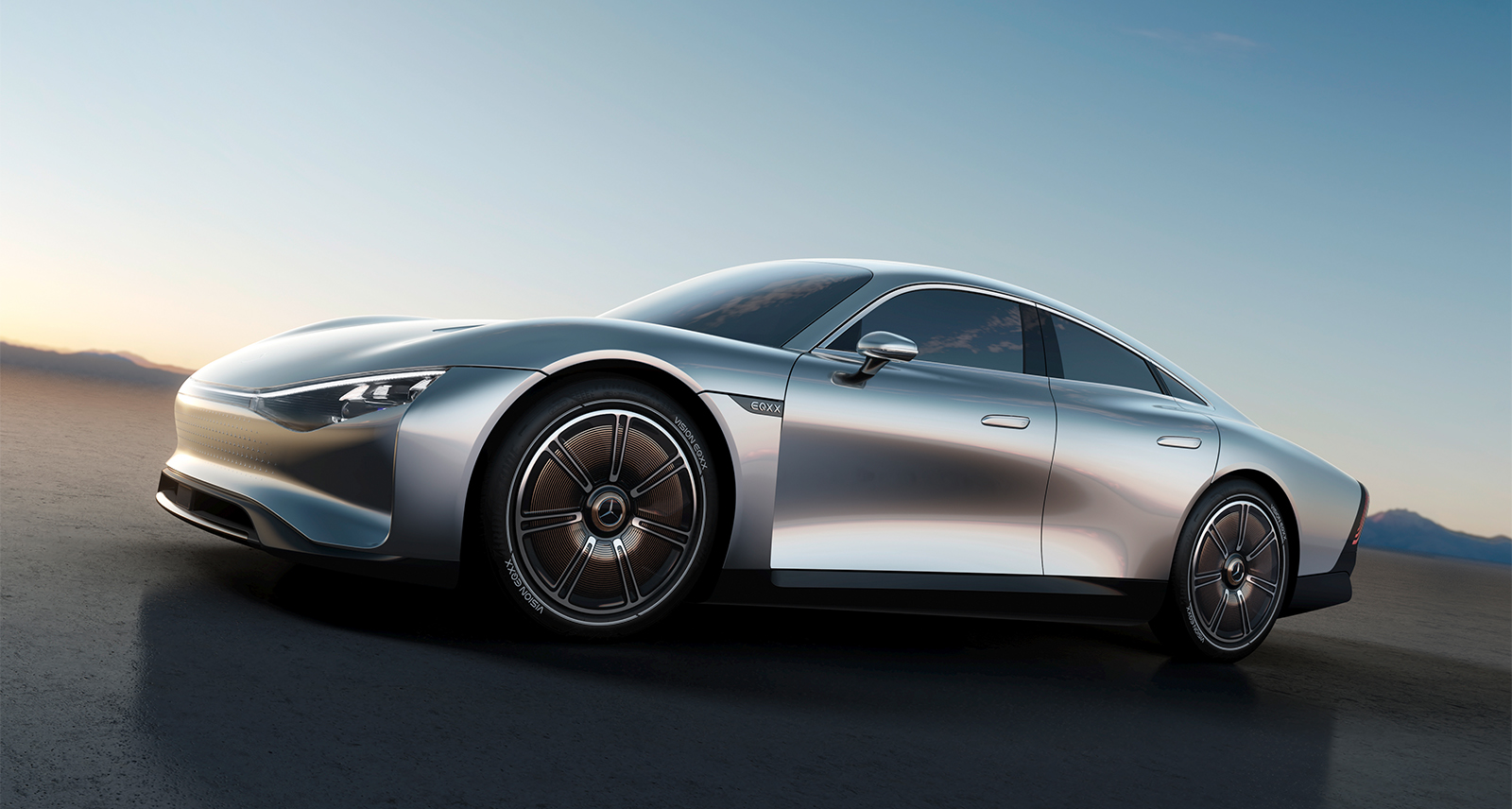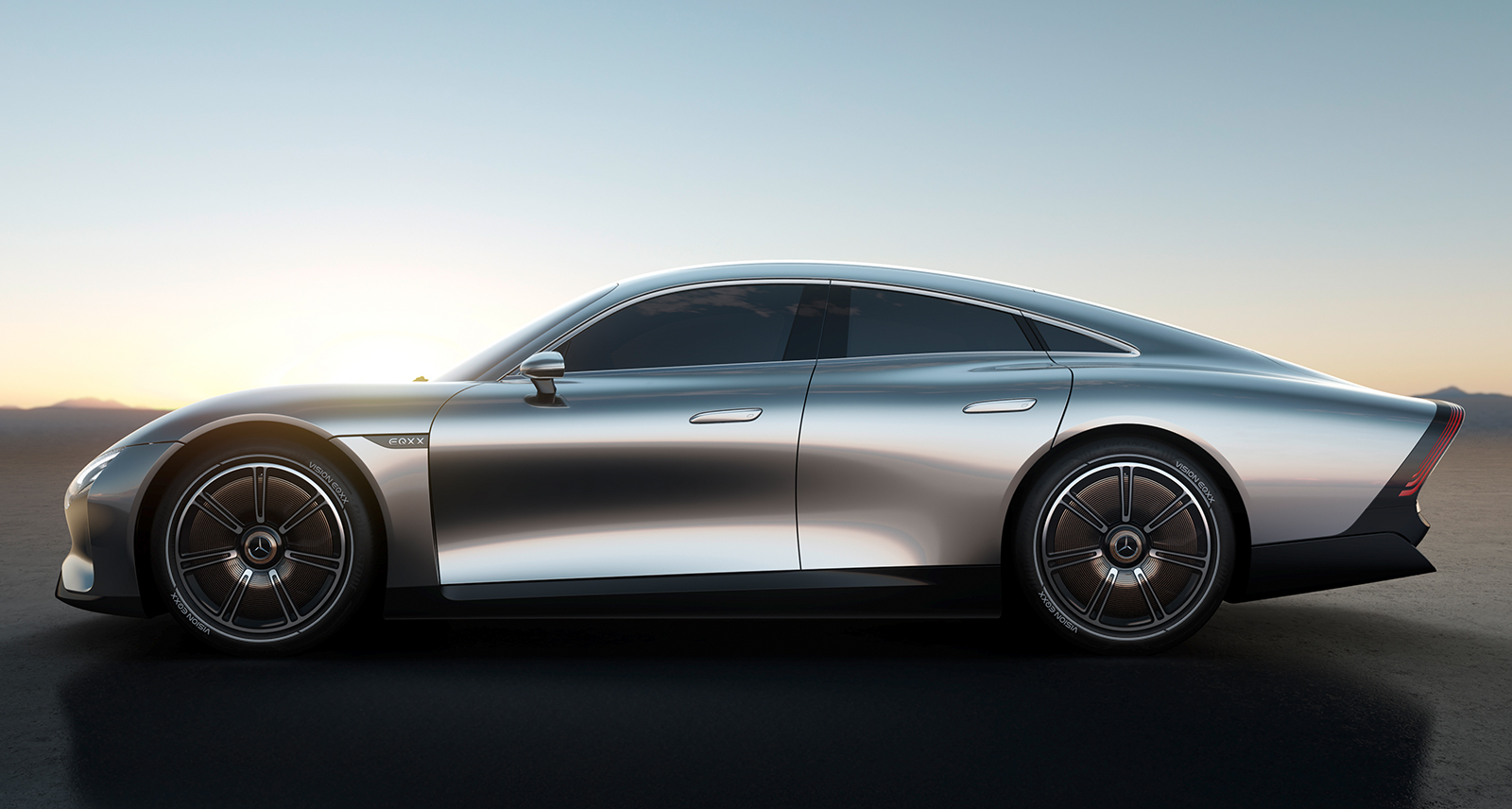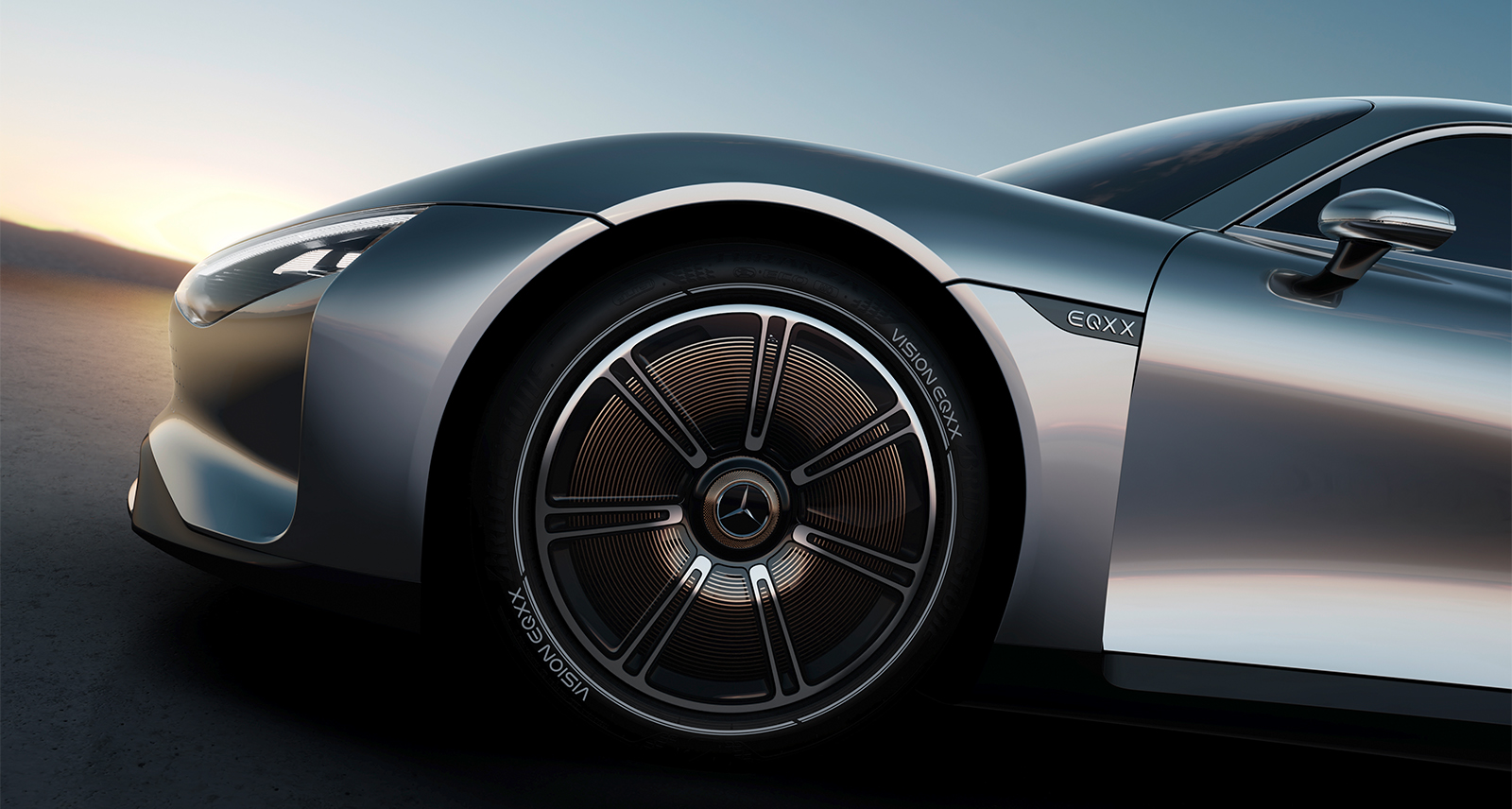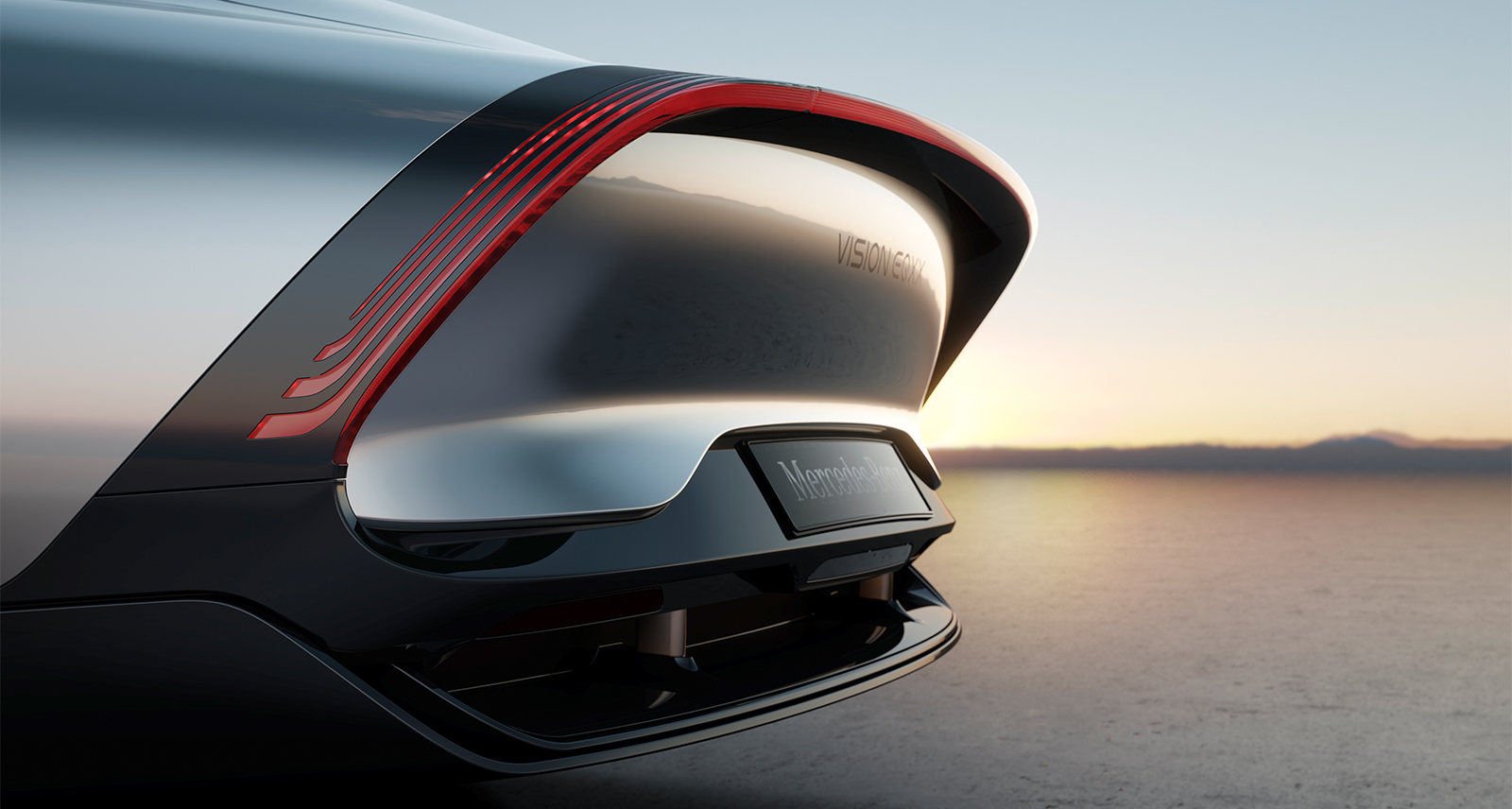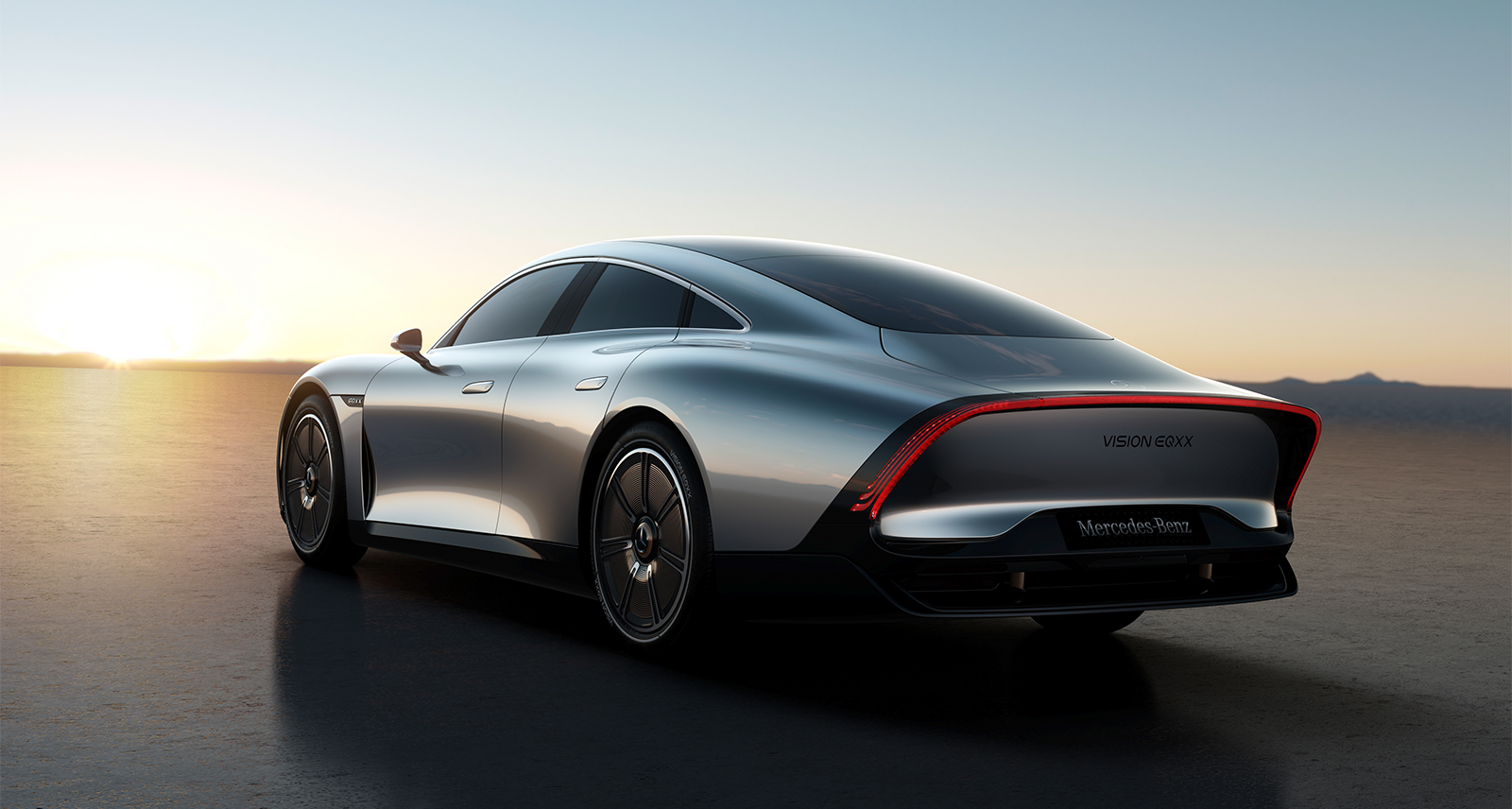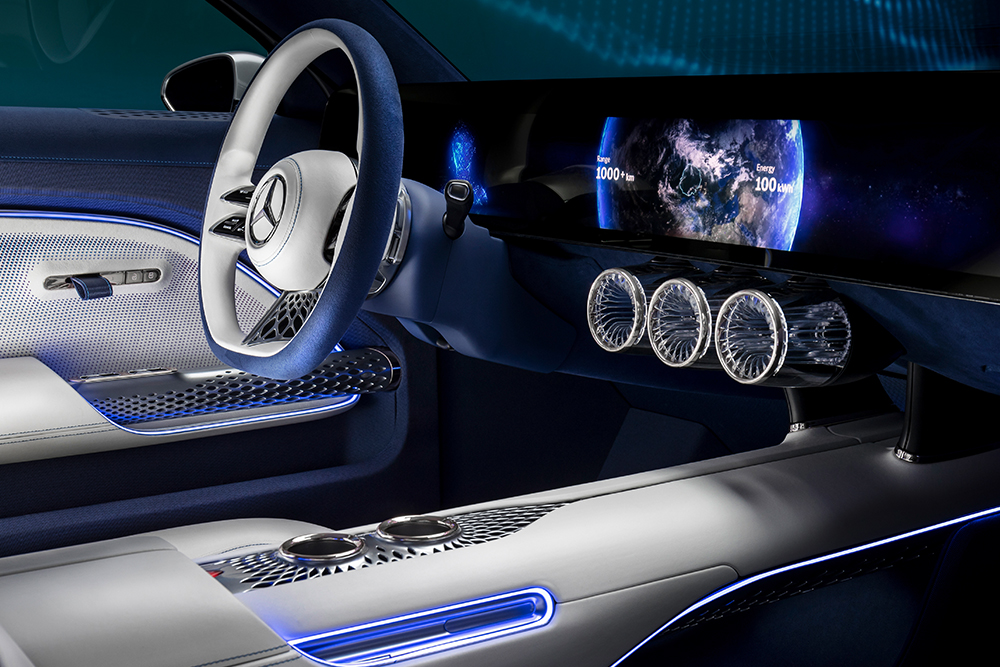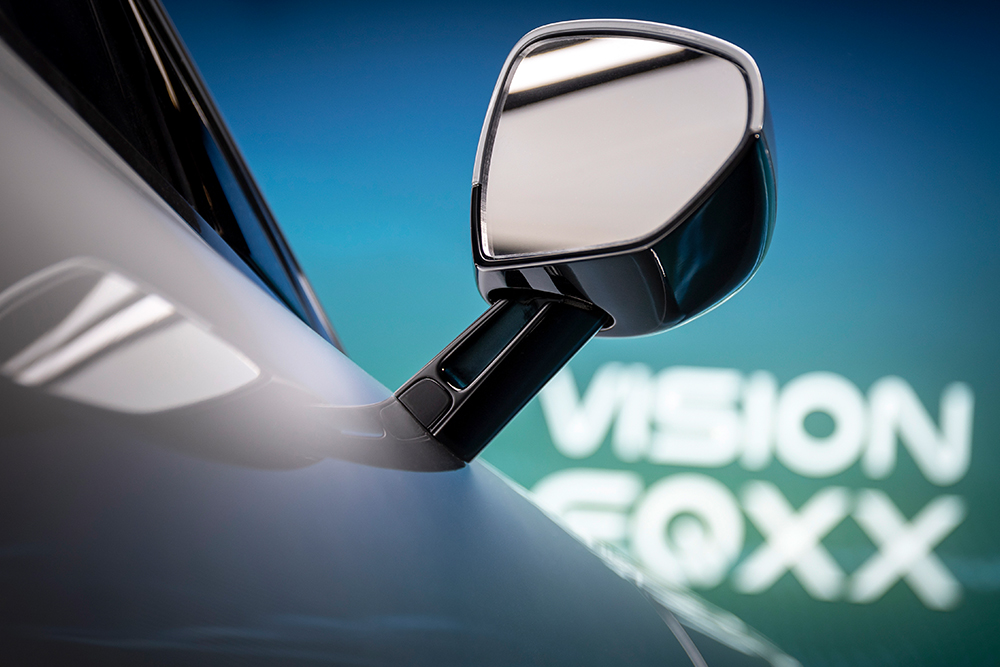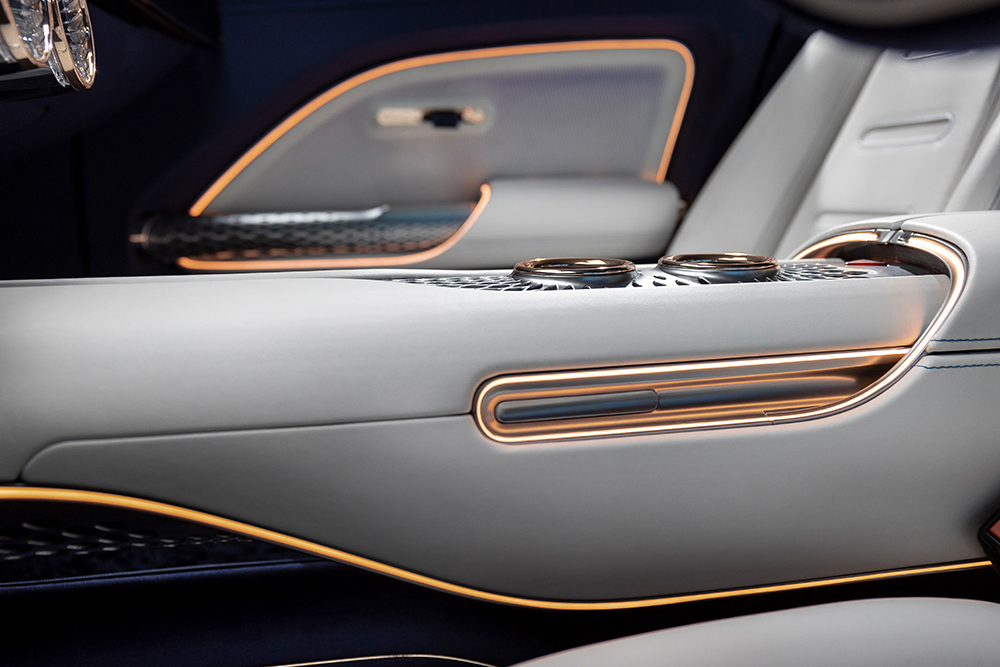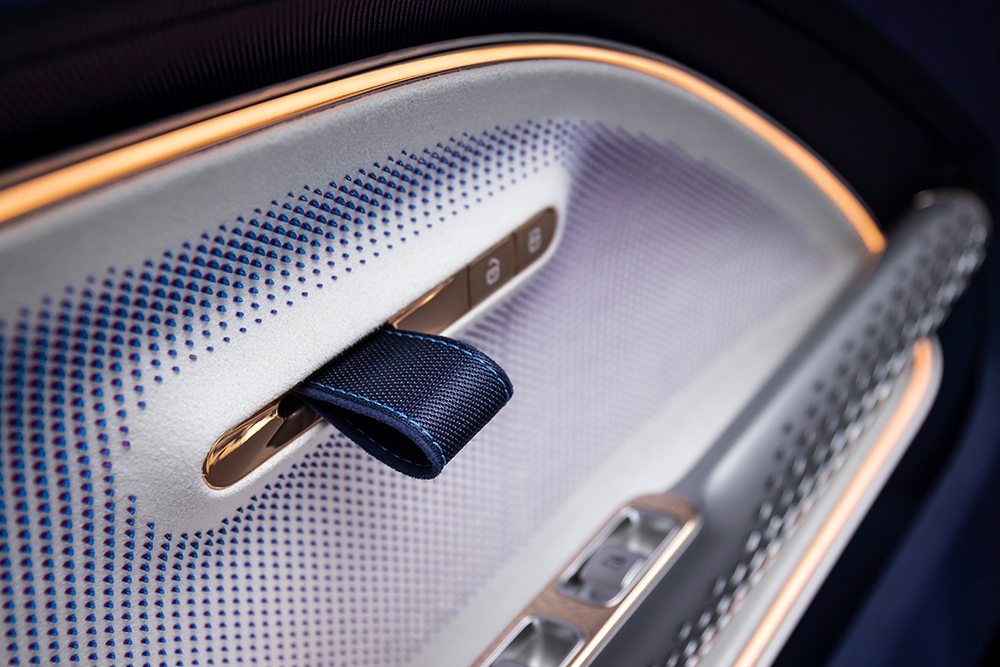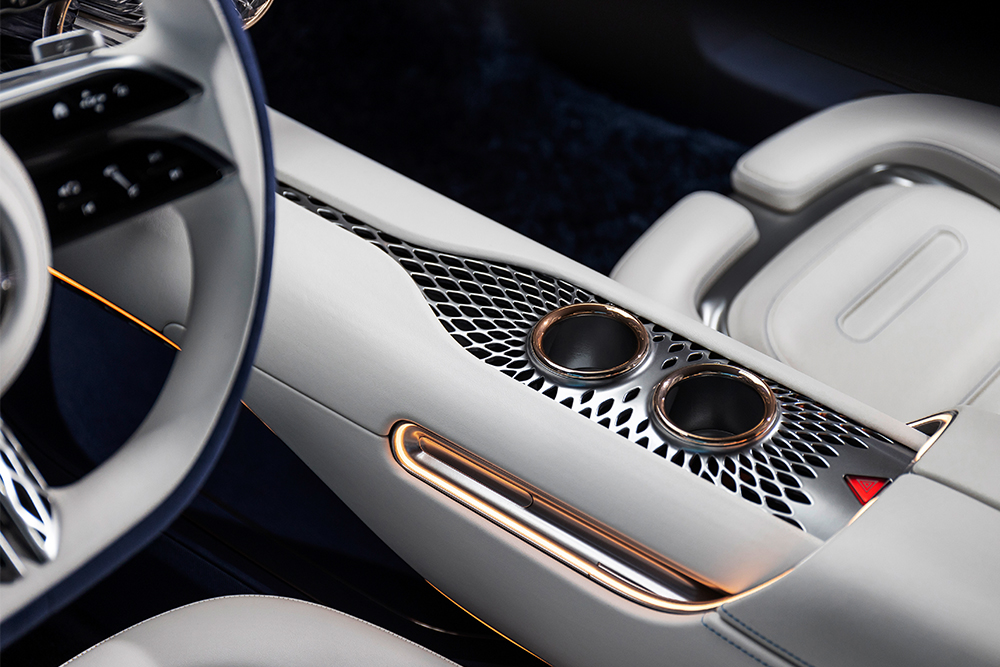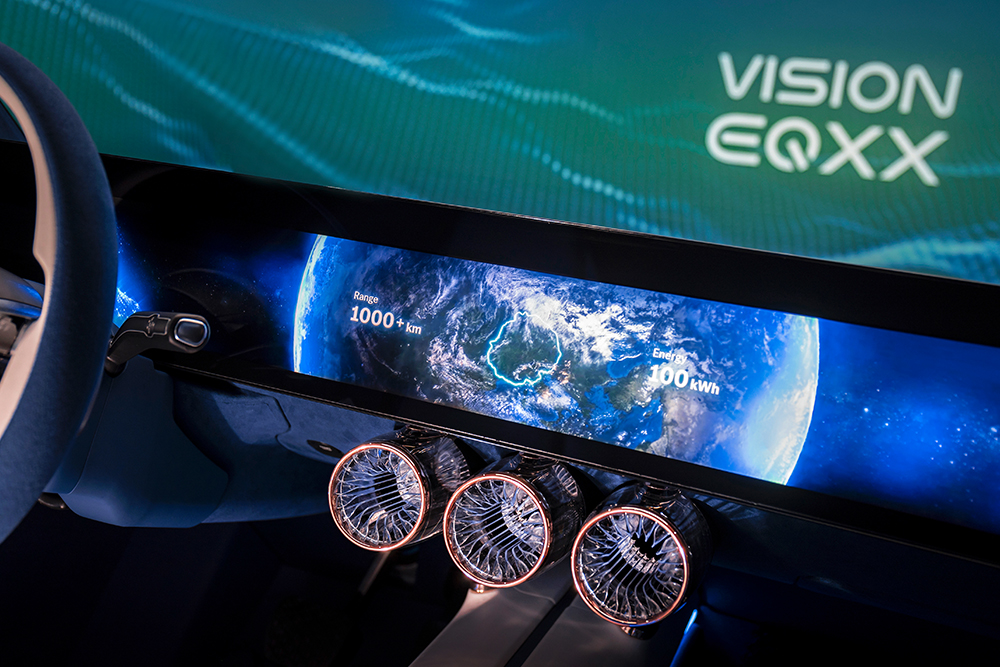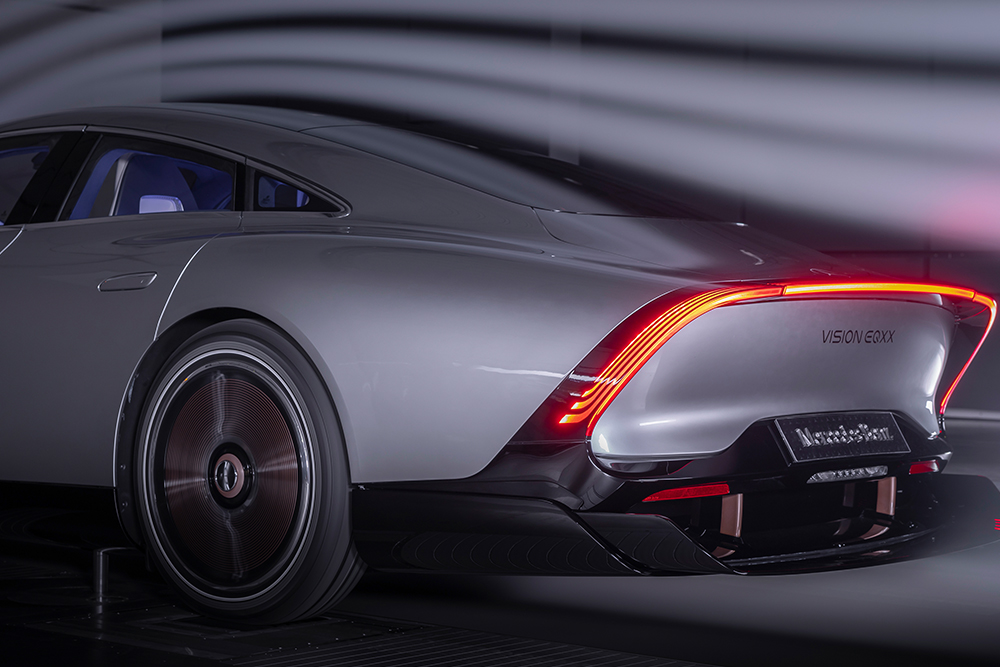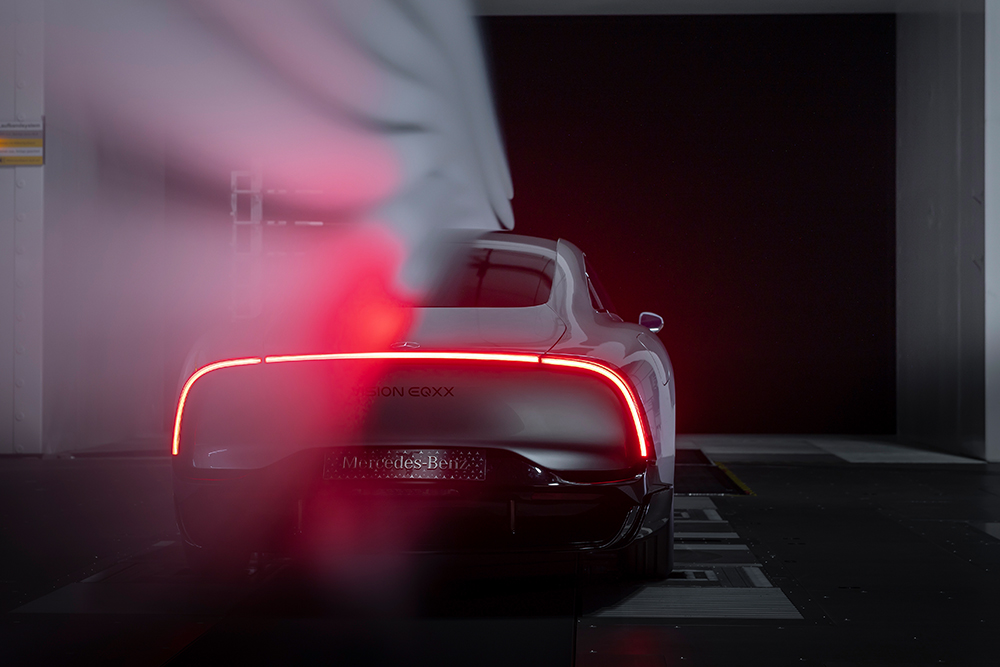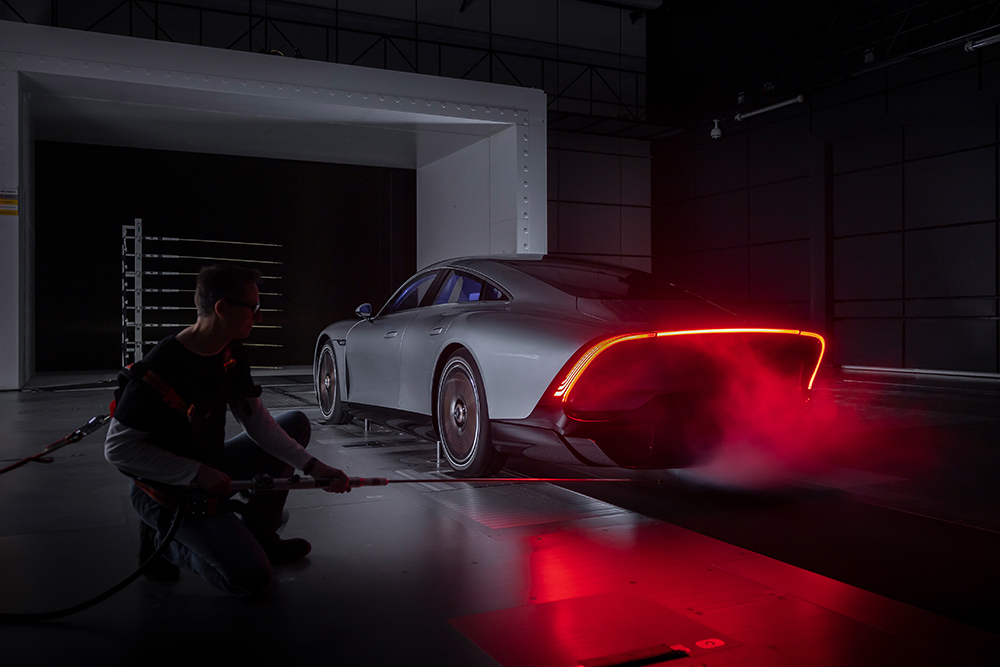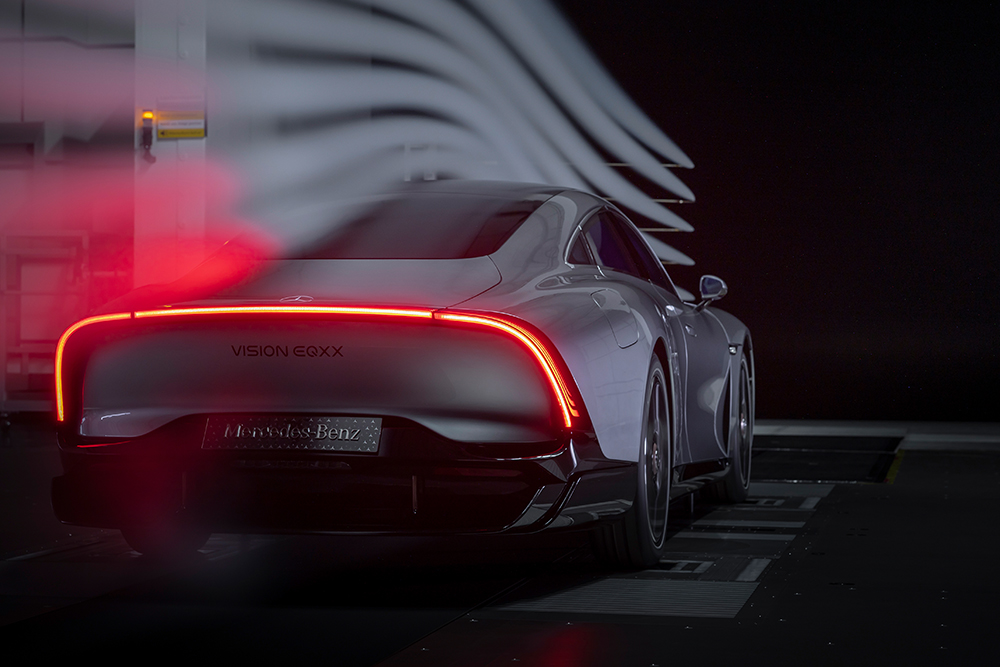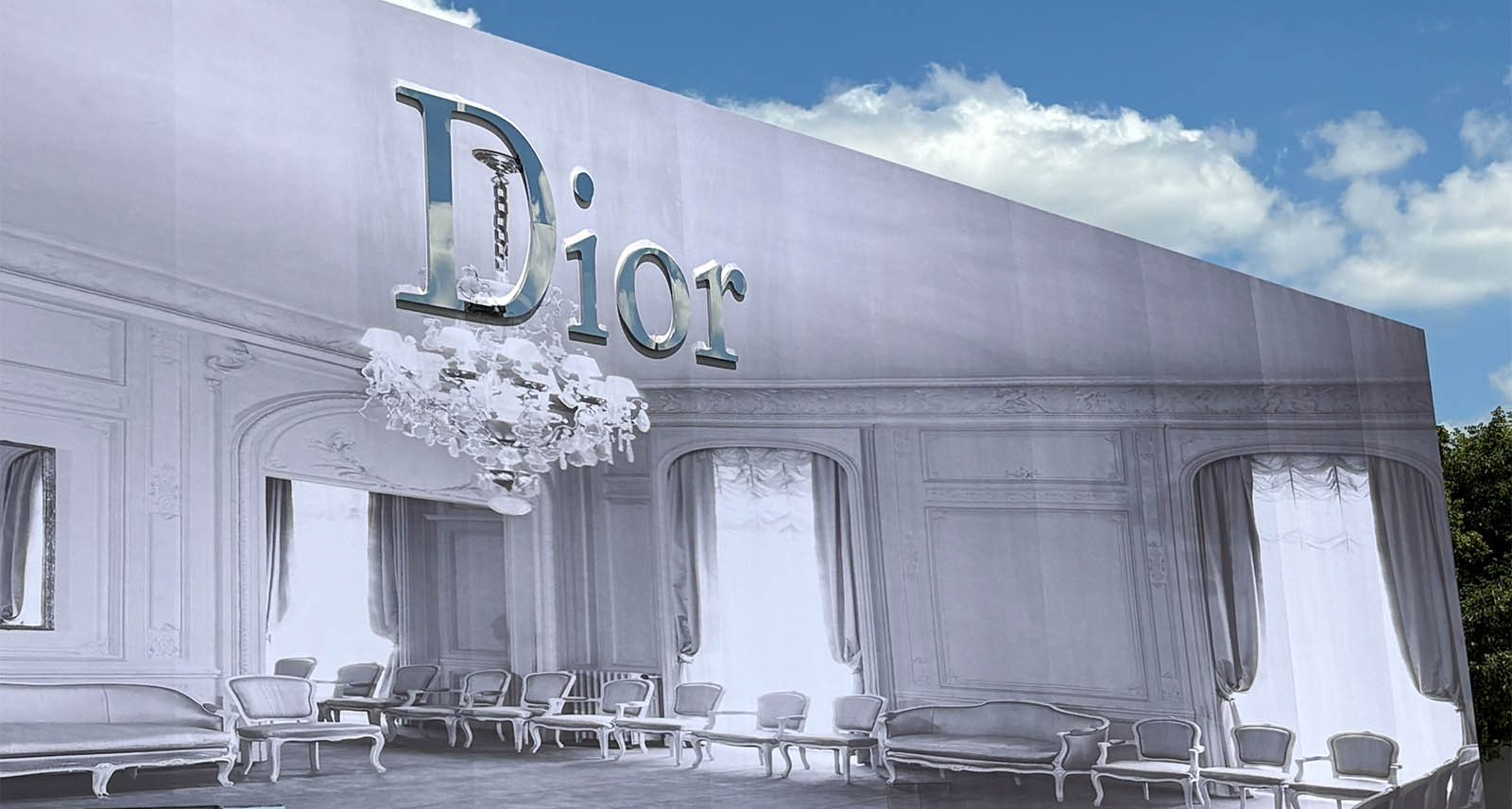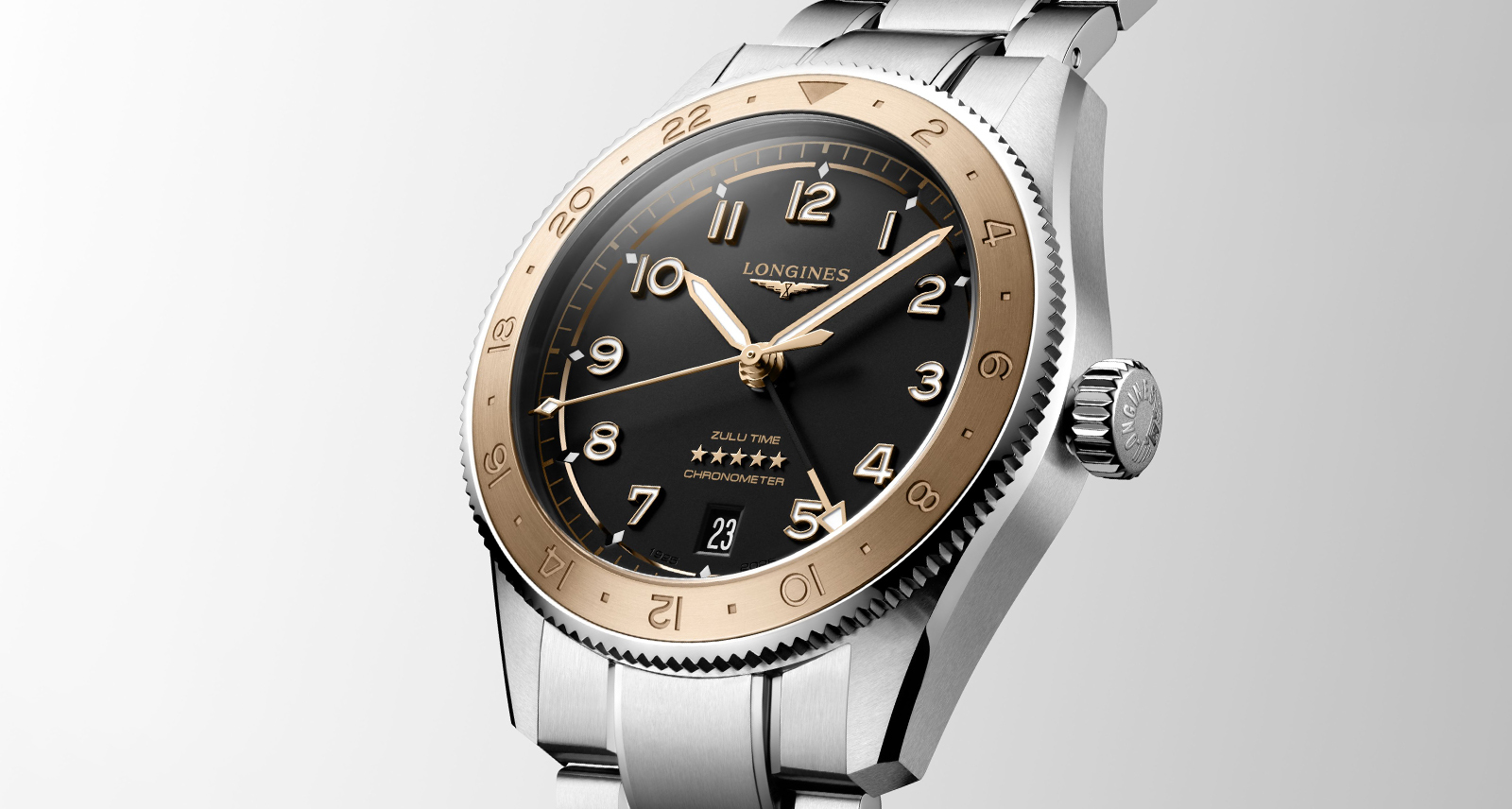The 1,000 Km Mercedes-Benz Vision EQXX Concept Puts Tesla and Everyone Else on Notice
Mercedes-Benz threw the electric car world into a tizzy this week with the Vision EQXX concept, a cutting-edge prototype that can cover 1,000 kilometres before its battery runs out of juice. If Mercedes can make good on these lofty claims, the EQXX would leave every other so-called long-range EV for dead. For reference, the top-of-the-line Lucid Air is officially rated for 837 km of driving range. Tesla’s latest Model S is good for 604 km, while Rivian claims its R1S SUV with “max pack” battery can go 640 km, but it’s not available yet. Still, 1,000 km is a barrier no automaker has broken. Yet.
Later this year Mercedes will put a road-legal EQXX prototype to the test in real-world conditions. All the Mercedes executives we spoke to seemed very confident in this car’s ability to smash through the 1,000 km barrier. Even more important than the Vision EQXX concept itself, is that all of its advanced EV tech and clever aerodynamics will wind up in roadgoing Mercedes cars as soon as 2024. Why is that good news for you? It means less expensive and/or longer-range electric cars are coming soon from Mercedes. Markus Schäfer, the company’s chief technology officer for development, told us that — beginning in 2024 — drivers can expect cars with “much more” driving range but which cost roughly the same as they do today.
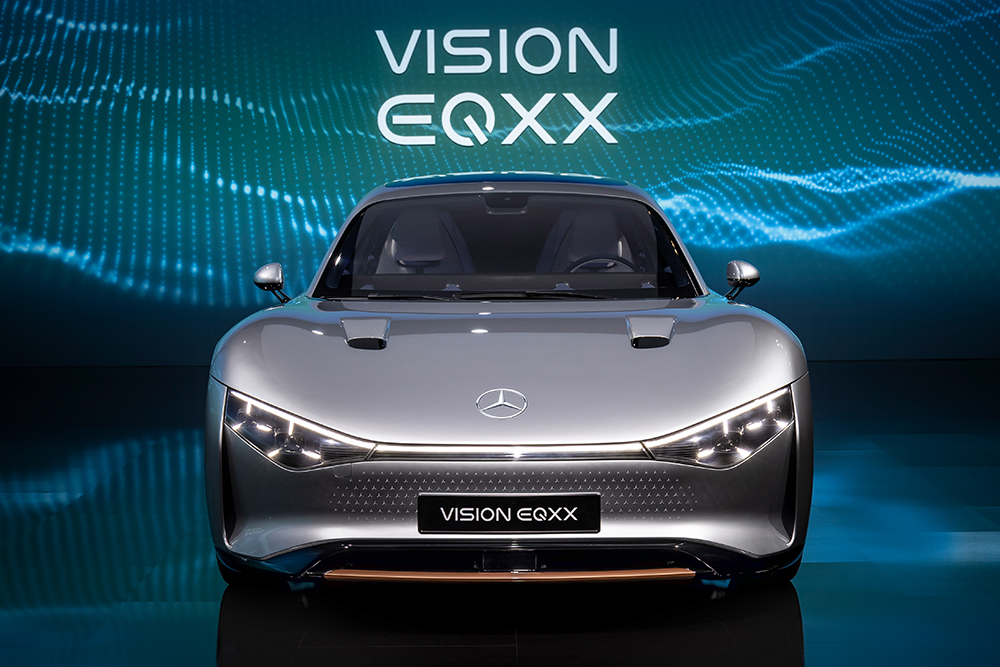
Whether Mercedes actually puts a 1,000 km EV like the EQXX in showrooms depends on how good charging infrastructure becomes, Schäfer explained. If fast-chargers suddenly become ubiquitous — which, if you ask us, is unlikely — then there wouldn’t be much need for ultra-long range EVs. So, consider that a, “maybe.”
All About Aero
If, as Mercedes claims, efficiency is the new currency, then this car is loaded.
The key to any EV is the batteries — we’ll get to them in a minute — but the EQXX also owes its extreme range to its sleek, slippery shape. The rear of the car is actually narrower than the front, and under the rear bumper there’s an active diffuser that can extend at speed. Besides just looking cool, it reduces aerodynamic drag, helping the car slice through the air as if it was never there.
For the geeks out there, the EQXX’s drag coefficient of 0.17 is insanely low; it’s more aerodynamic than a football, which has a coefficient of roughly 0.19. The car even monitors wind conditions, and can show the driver in real-time if the EQXX is pointing into a headwind, which would obviously be detrimental to range.
Battery by Formula 1
Mercedes and Lewis Hamilton got beat in controversial fashion to the Formula 1 Championship last year by Red Bull’s Max Verstappen, but there’s no doubt Mercedes knows how to build a killer F1 car. The engines and battery-hybrid systems for Hamilton’s cars are built by the wizards at Mercedes-AMG High Performance Powertrains (HPP) in Brixworth, England. So, naturally, Mercedes tapped them to build a better EV battery for the EQXX.
Adam Allsopp, advanced technology director at HPP, said the battery they’ve created is half the size and 30 per cent lighter than the battery in Mercedes flagship EQS sedan, but it still has roughly the same amount of energy. (Just under 100 kWh.)
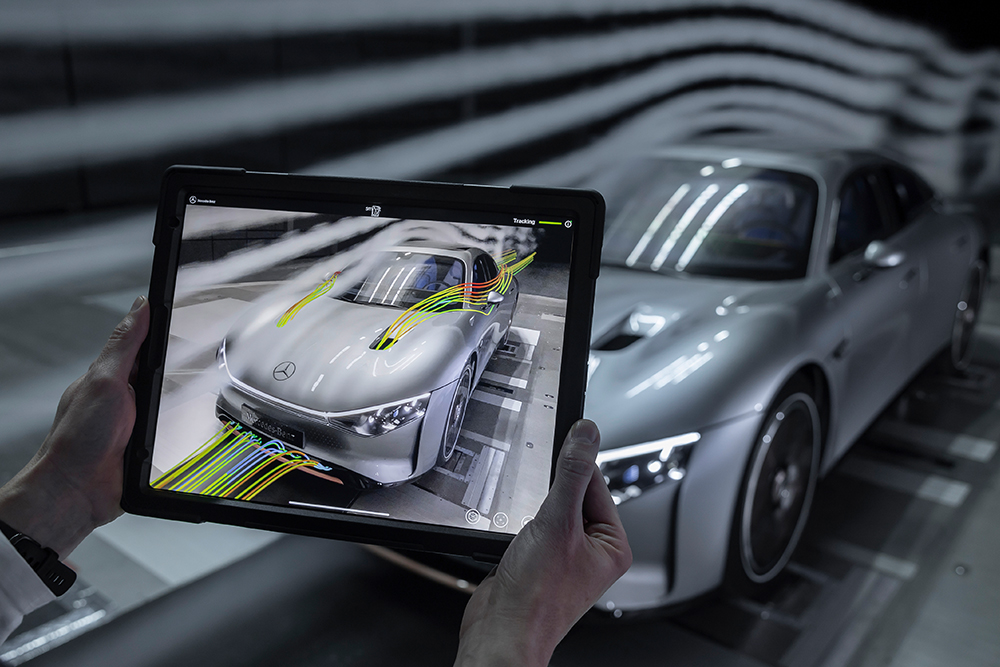
To cram so much juice into a battery that can fit into a compact car like the EQXX is quite a magic trick. The HPP team did it the same way they make F1 cars: ruthless optimization. The battery cells’ improved chemistry increases energy density, and then the cells themselves are all packaged together more efficiently.
“It looks elegant,” Allsopp said. Because each battery cell is relatively unstressed – the car tops out at 140 km/h and takes seven seconds to get from 0-100 — passive air-cooling is all the battery requires. Again, that makes it more compact, and, ultimately, more efficient.
The end result is an EV that uses just 10 kWh of electricity per 100 km. Even the ultra-efficient Tesla Model 3 Long Range uses 16 kWh per 100 km.
Wait, wait — how efficient?
Your car or SUV, whatever it is, probably burns anywhere from 7 to 14 litres of gas for every 100 kilometres you drive, on average. Picture all those litres. Now, the EQXX sips the equivalent of just one litre per 100 km. Crazy.
Another way to look at it is that the EQXX could drive from Toronto to New York City, or from Berlin to Paris on a single charge.
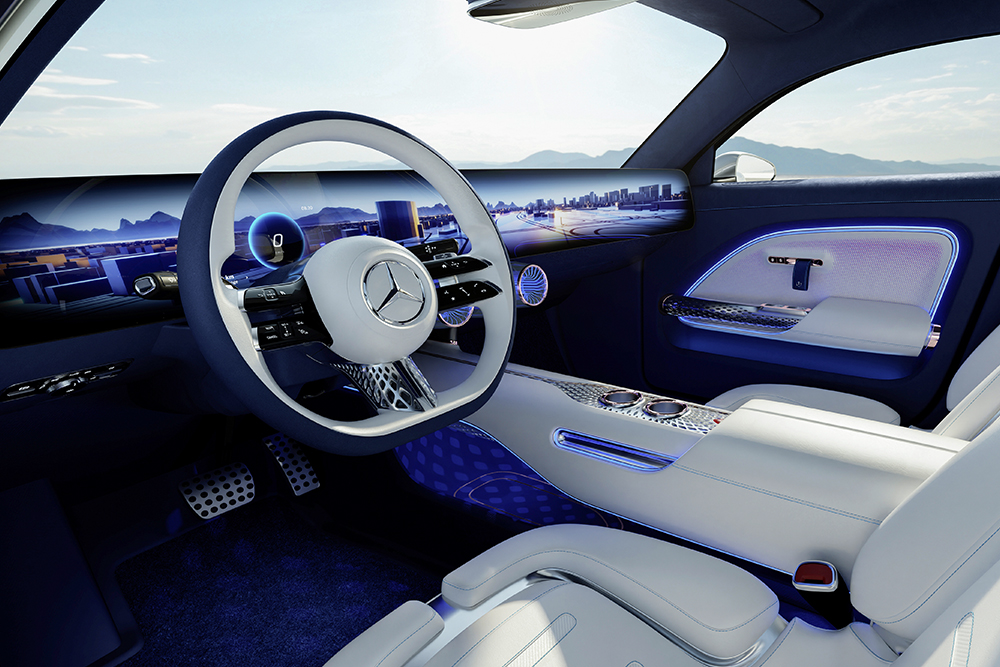
The bigger picture here is that every car company is working on making long-range EVs that are less expensive. Study after study tells us consumers still have major concerns about the limited driving range of EVs, the availability of chargers, and charging speed. So, of course, every automaker and tiny little upstart is working to make EVs travel farther and recharge faster, while simultaneously boosting efficiency and reducing costs. (Don’t ever let anyone tell you the car biz is easy; it isn’t.)
Nevertheless, Mercedes-Benz is the first credible company claiming to have made a road-legal car capable of covering 1,000 km on a charge. If it proves true, this is a wakeup call for every other automaker out there. Let the EV Range-Wars begin.
